mail: Surgeon@bodybybatal.com
phone: (310) 230-5911

Neck Lift
Before and After Photos
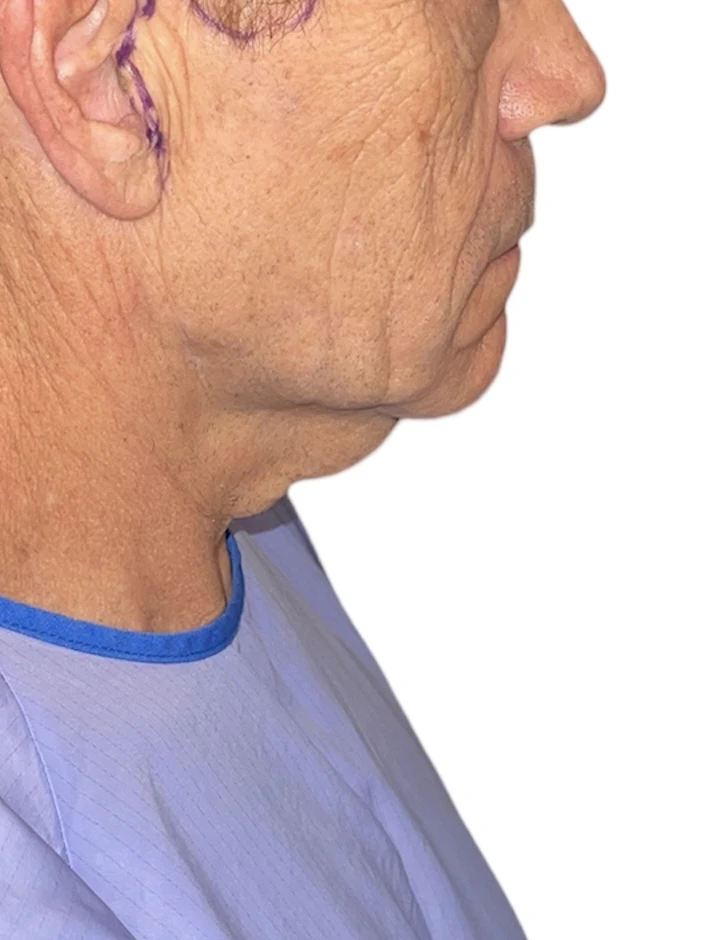

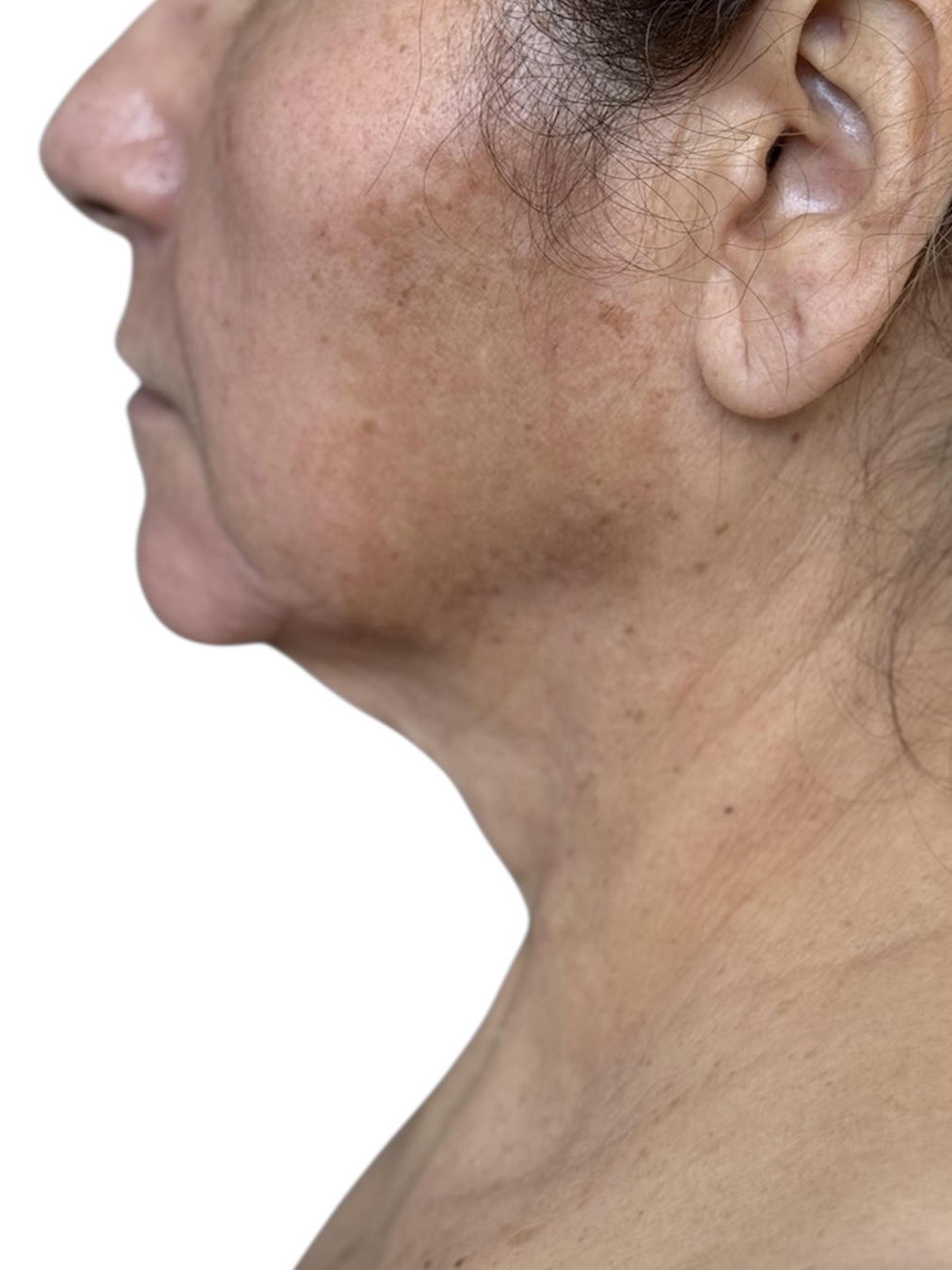
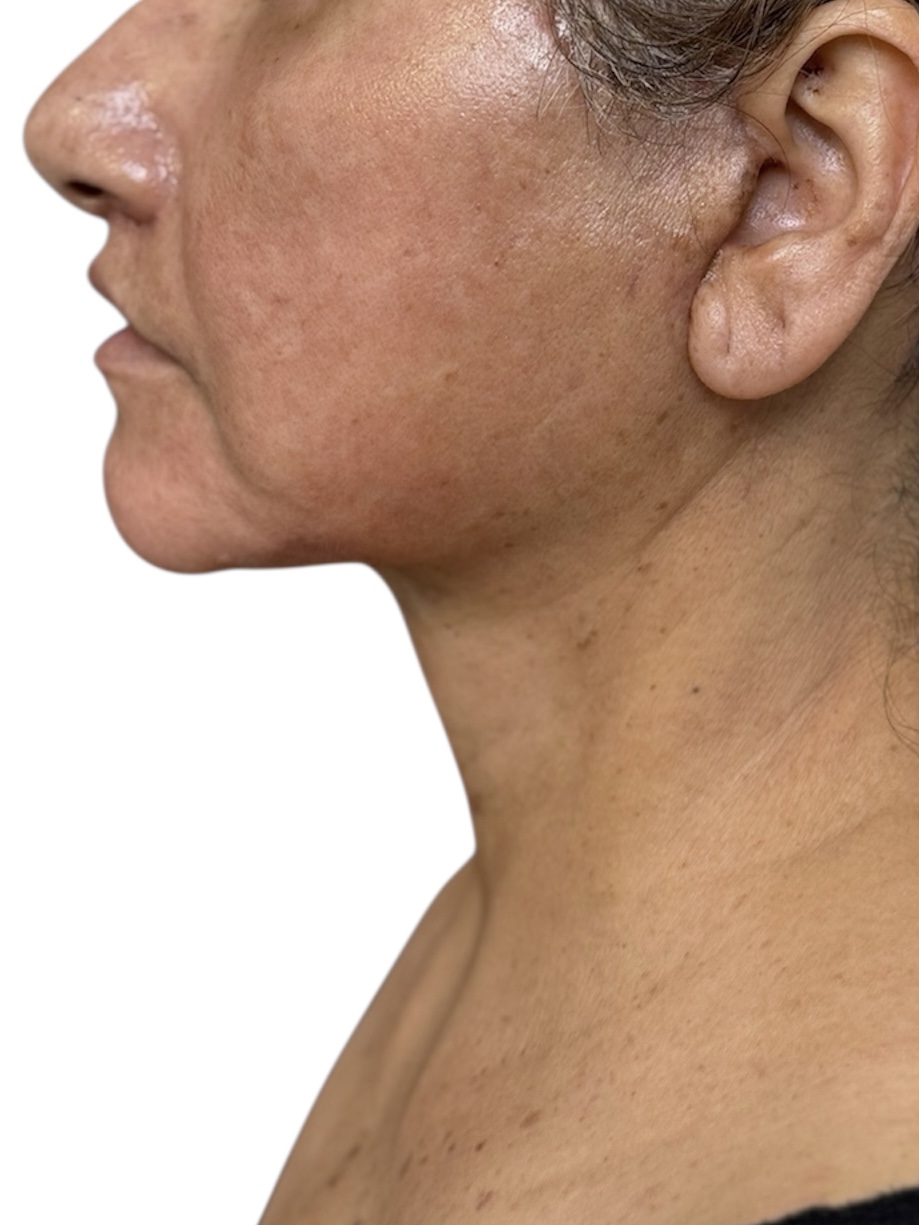
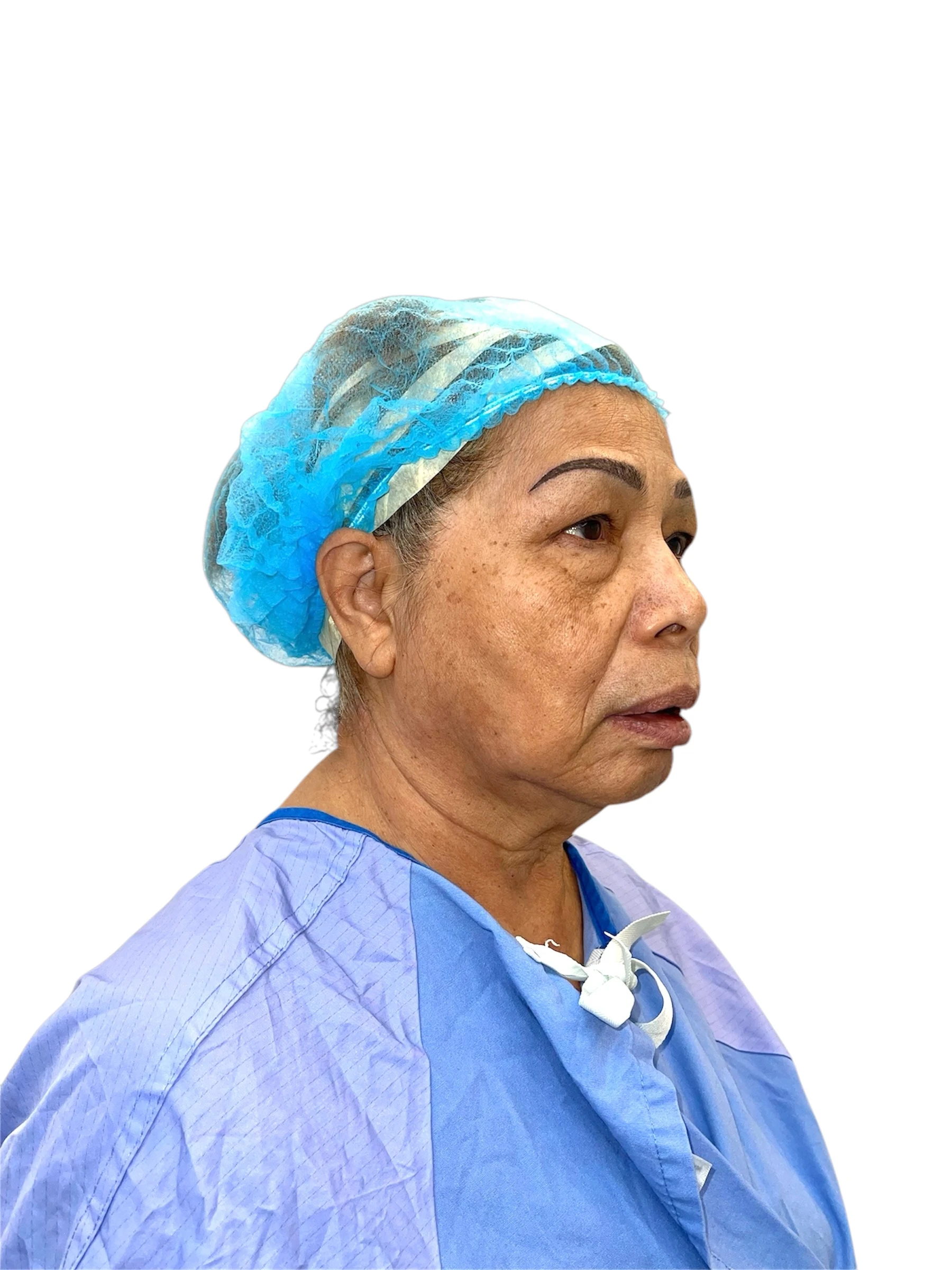



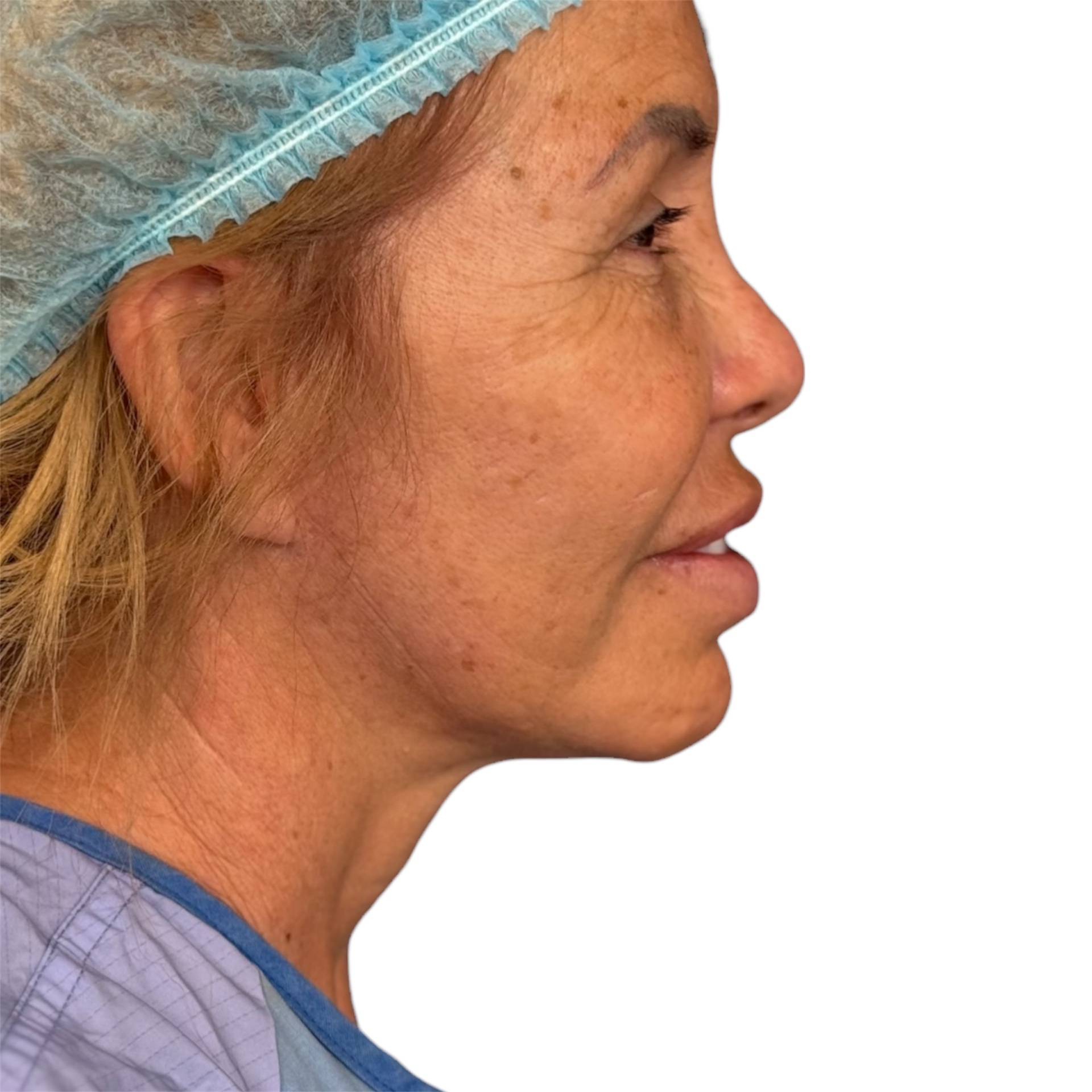
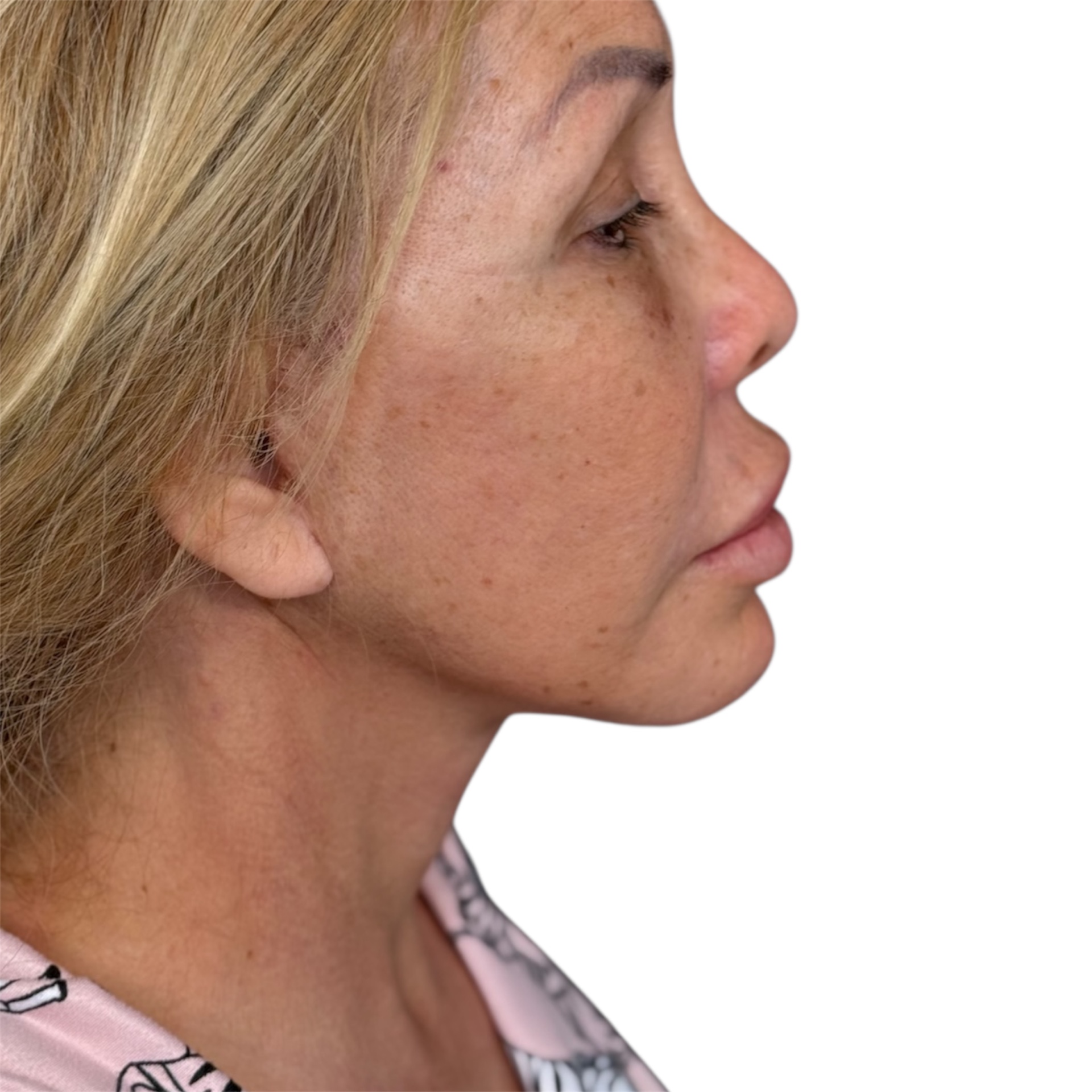


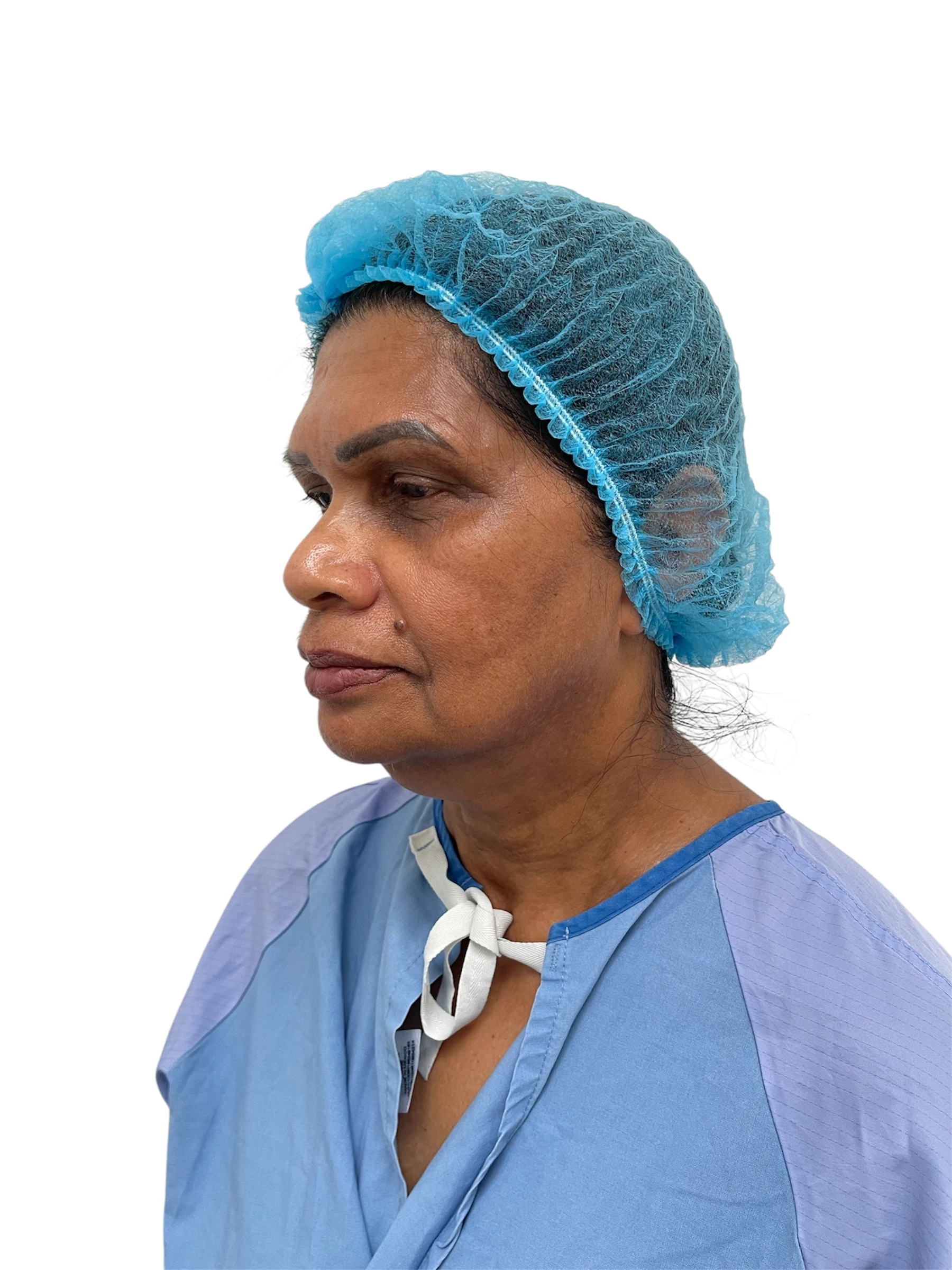



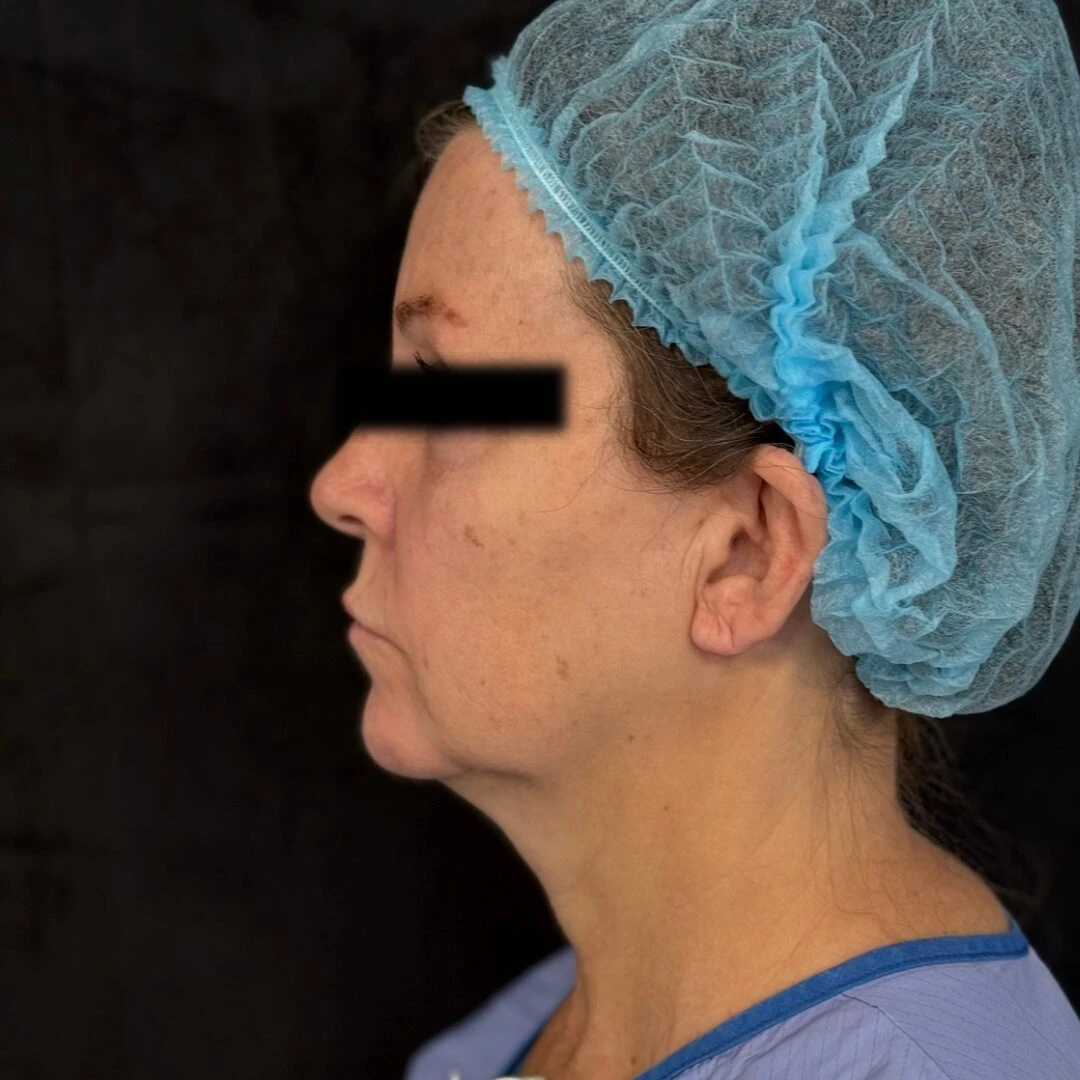
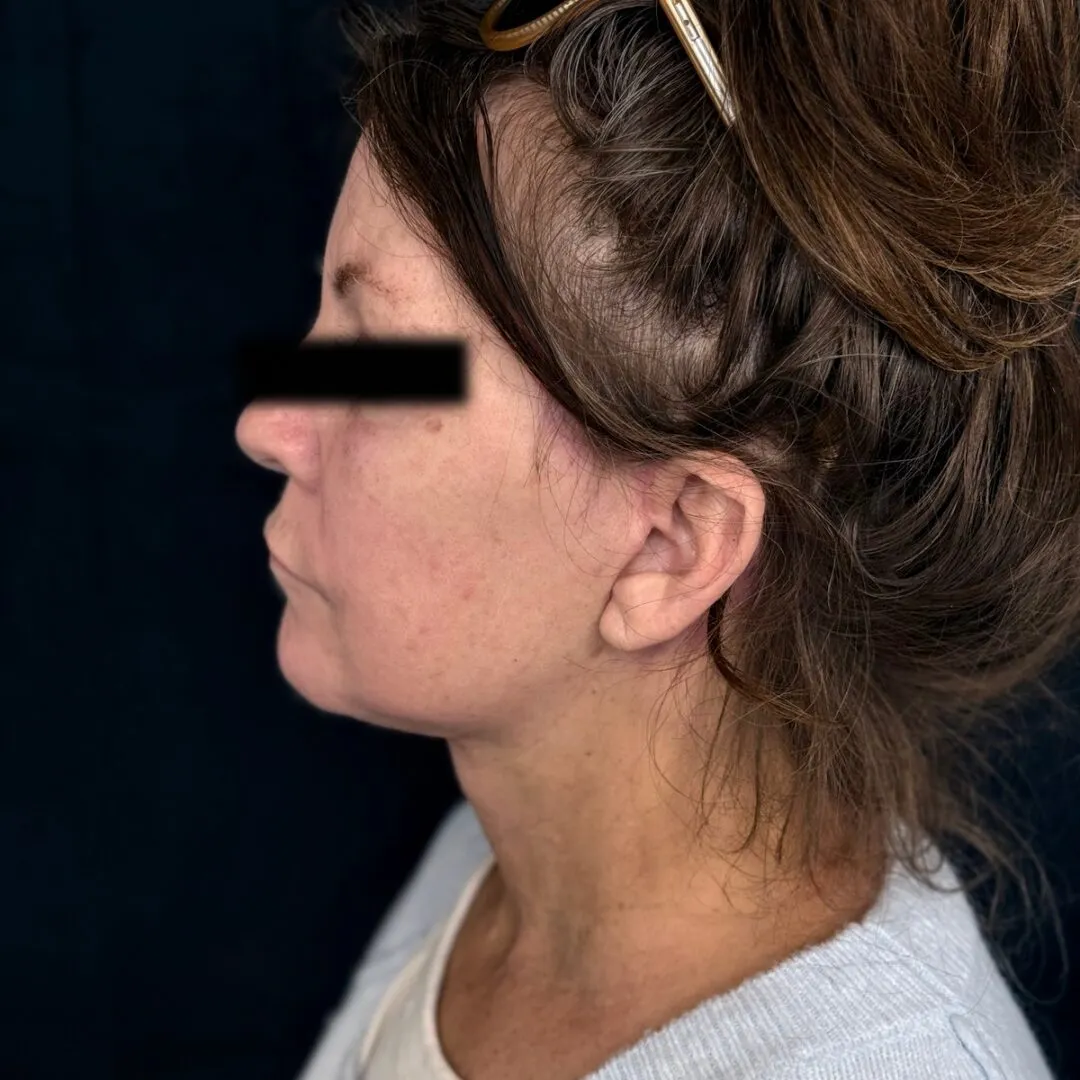
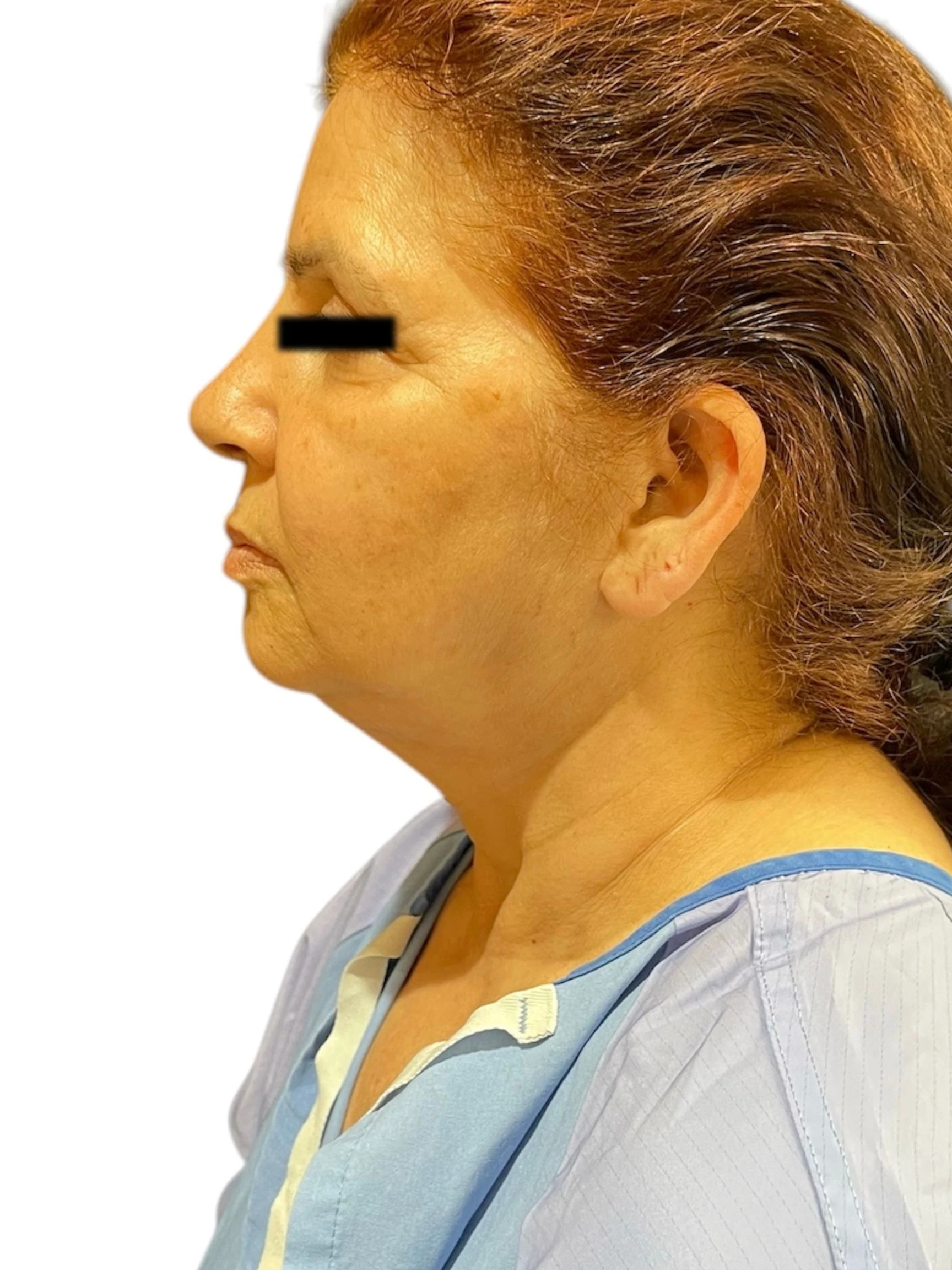

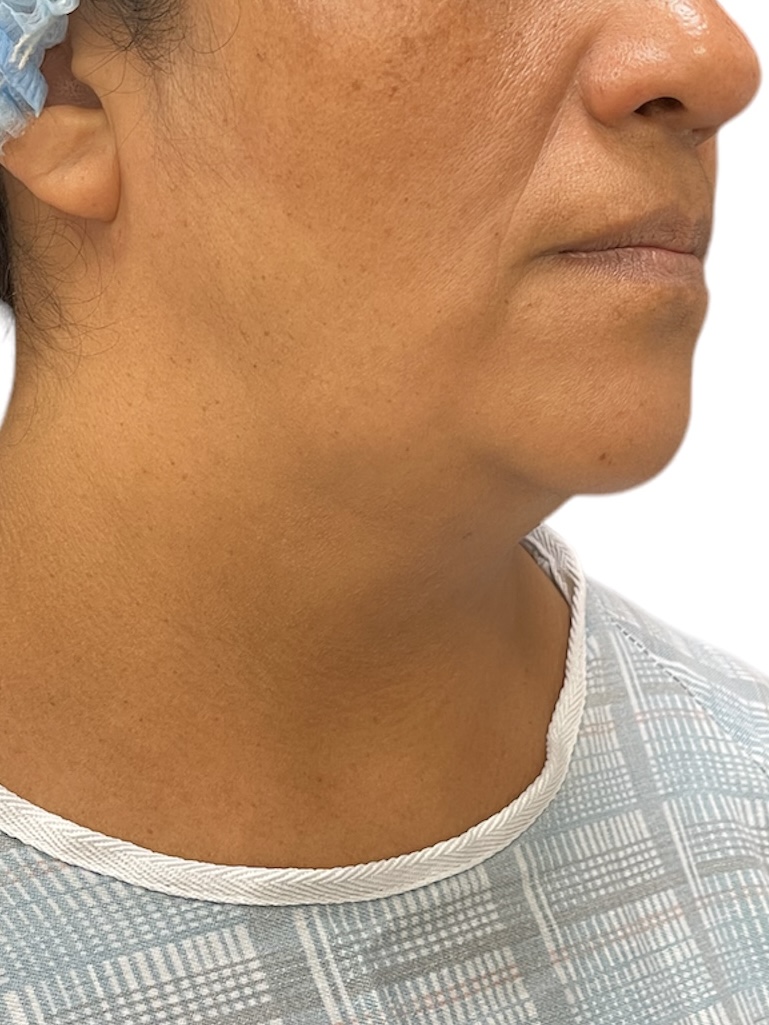
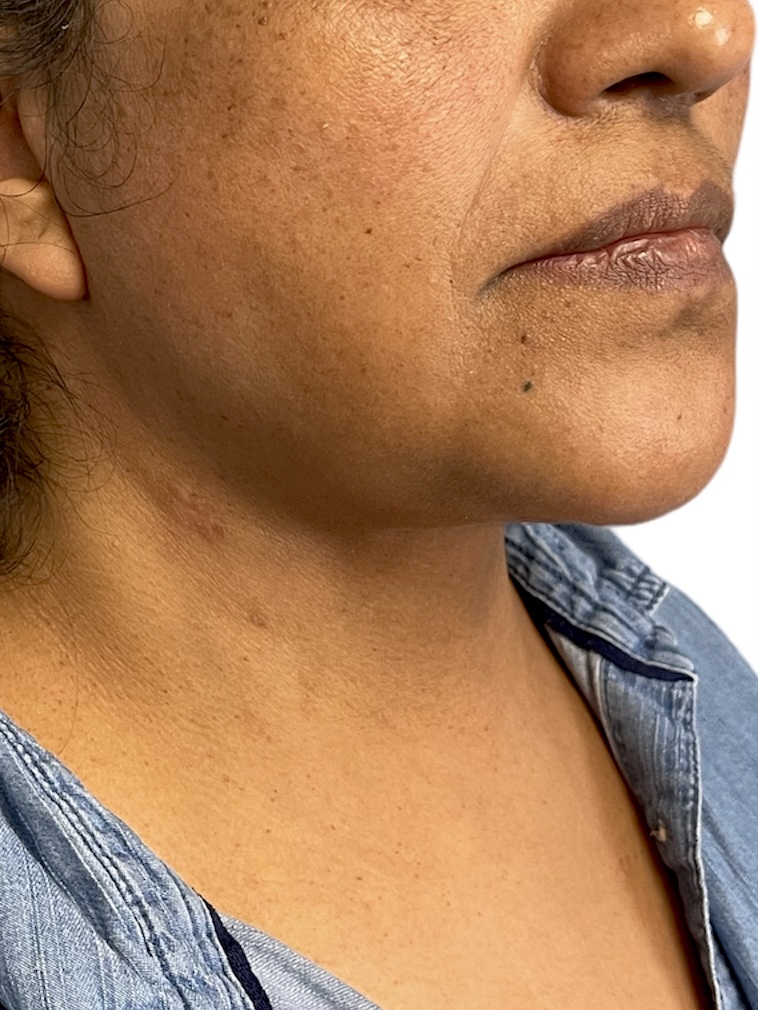




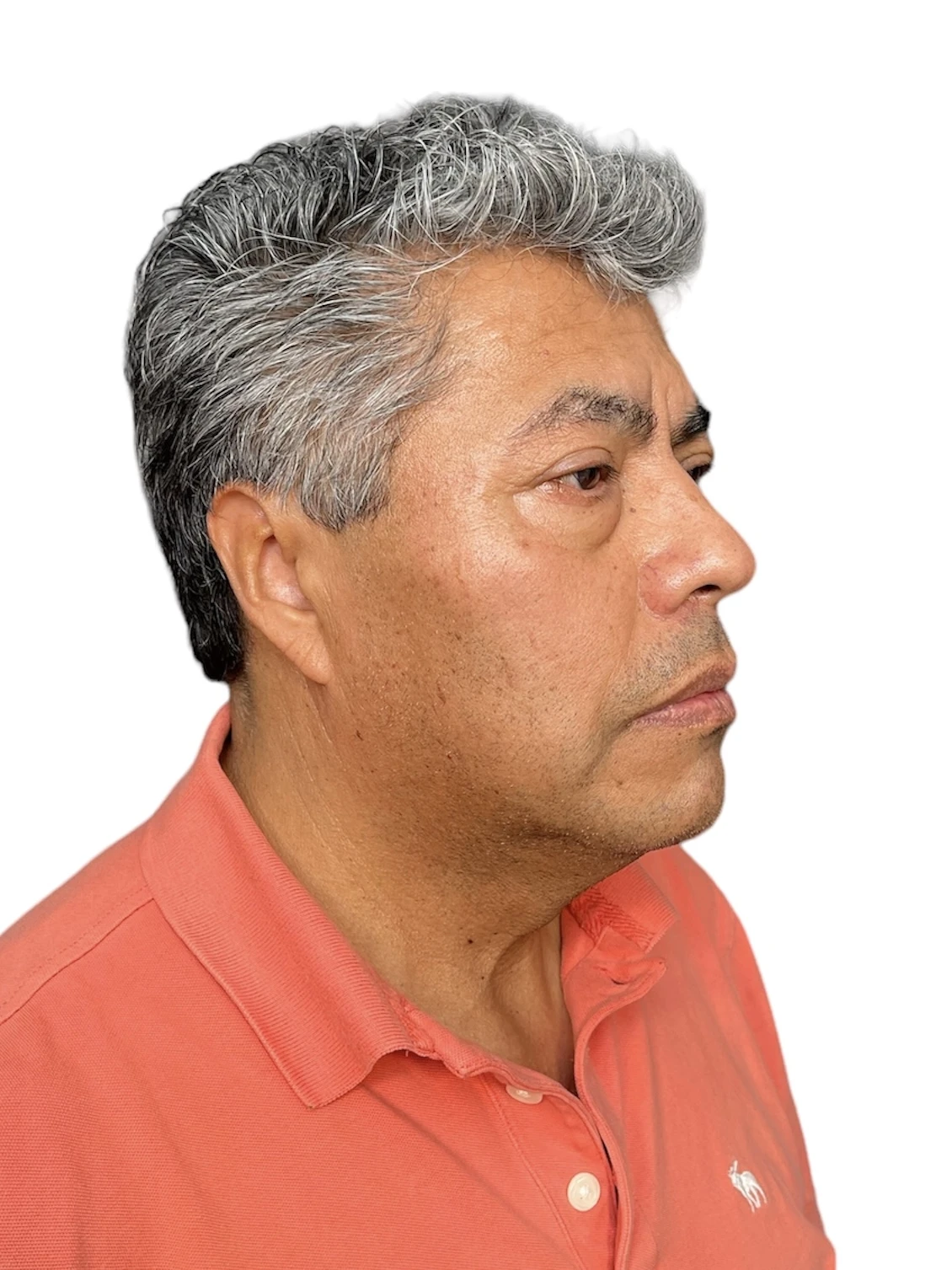
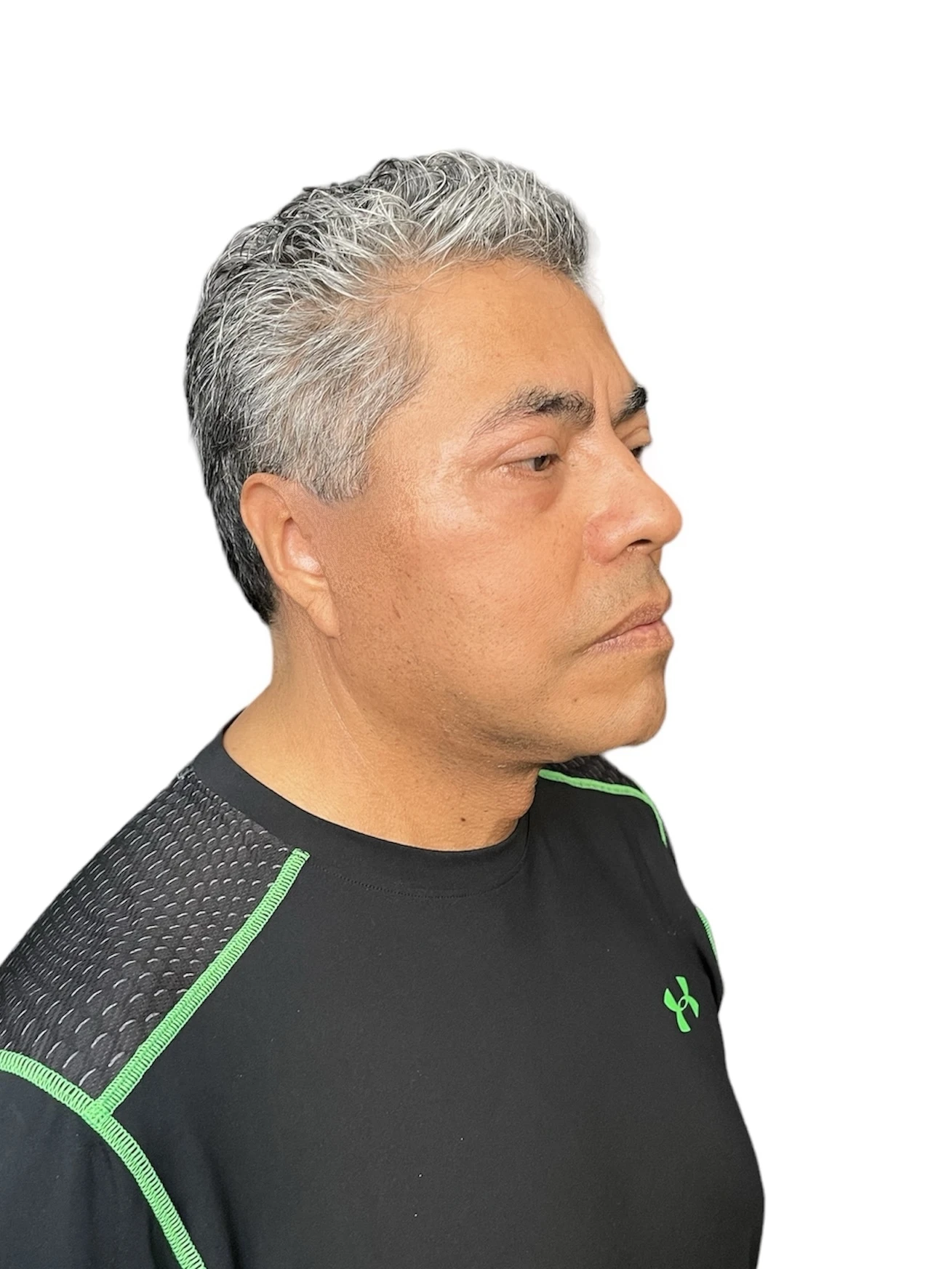
What Is a Neck Lift?
Conveniently located to serve Santa Monica and the greater Los Angeles area
A neck lift is a cosmetic procedure aimed at enhancing the appearance of the neck by removing excess skin and fat, tightening the underlying muscles, and improving the overall contour and definition of the neck. It is often sought after by individuals who are unhappy with sagging or loose skin, a double chin, or the presence of neck bands
The procedures involved in a neck lift can vary depending on the specific needs of the patient. Typically, an incision is made either behind the ear or under the chin, through which excess fat is removed via liposuction. The underlying muscles may then be tightened, and any excess skin is trimmed and repositioned for a tighter and more youthful appearance. While a neck lift can greatly enhance the aesthetics of the neck, it is important to note that it is a surgical procedure and therefore carries certain risks.
Some of the risks associated with a neck lift include infection, bleeding, scarring, and potential nerve damage. It is crucial to disclose any pre-existing medical conditions to the surgeon and follow their instructions for proper post-operative care. Additionally, preparing for a successful recovery is essential. This includes quitting smoking, as smoking can impede the healing process. Adopting a healthy diet, rich in nutrients and antioxidants, can also aid in the recovery process. Lastly, creating a suitable recovery area that is clean, comfortable, and equipped with any necessary supplies is important to ensure proper rest and recuperation.
Contents
- 1. Before and After Photos
- 2. Young Patients with a Full Neck
- 3. Again and the Neck
- 4. Benefits of a Neck Lift
- 5. Candidates
- 6.Personal Consultation
- 7. Preparation
- 8. Procedure
- 9. Recovery
- 10. Results
- 11. Corresponding & Complementary Procedures
- 12. How Much Does a Neck Lift Cost in Beverly Hills?
- 13. FAQ
- 14. References
Young Patients with a Full Neck
I must differentiate the young people who have fullness in the neck and lack jawline definition from those whose neck has been affected by the aging process. Neck fullness in younger patients is caused by several factors:
- Fat underneath the skin. It is easily addressed with simple liposuction and that is enough in 30% of patients.
- Fat underneath the platysma muscle: this is called deep fat. There is no way for liposuction to get this fat, and it’s dangerous to even attempt. The only way we can address it is by making a simple incision underneath the mentum (chin) and surgically dissecting that fat from the surrounding anatomical structures like digastric muscles and deep cervical fascia. That, along with superficial liposuction, can produce significant improvements in the neck contour and improve jawline definition.
- Descending or large submandibular glands: I am one of the people who have a larger or descending submandibular gland. Even if I keep pushing it up, it keeps drooping downwards. Only a few subsets of surgeons are trained and skilled enough to dissect this area and remove part of the gland to level it with the jaw. Addressing the gland can make all the difference for certain patients.
- Bulky digastric muscles. It is easy to deal with by shaving some of those muscles if the surgeon is already in the deep plane and already cleaned the deep fat pad.
- Low hyoid bone. This occurs in 5% of patients. There is little we can do about it. It is the genetic lottery that will give the patients some oblique neck. The surgeon can release the fascia above the bone to relax the tension and improve that part in addition to the steps above.
As I stated above, in younger patients, the treatment is tailored to their unique anatomical structure and can range from simple liposuction to deep debulking. I only do incisions behind the ear in 30-40% of patients if there is laxity of the platysma and the skin.
What neck lift surgery can treat
Neck lift surgery is a surgical procedure designed to address a range of specific conditions and concerns associated with the neck area. It is an effective option for individuals who are bothered by excess fat and skin, muscle banding, and the loss of youthful contours.
Excess fat and skin can accumulate in the neck area due to various factors such as weight gain, genetics, or the natural aging process. This can result in the appearance of a double chin or a “turkey neck,” which can significantly impact one’s self-esteem. A neck lift can effectively remove excess fat and tighten the skin, resulting in a more defined and youthful neck contour.
In addition to excess fat and skin, muscle banding can also be a concern in the neck area. As individuals age, the muscles in the neck may become weak, causing vertical bands or visible cords to appear. Neck lift surgery can address this issue by tightening and repositioning the underlying muscles, thereby reducing the appearance of banding and improving the overall neck appearance.
Furthermore, neck lift surgery is ideal for individuals who have lost youthful contours in their neck due to factors such as gravity, sun damage, or the natural aging process. The procedure can restore a more youthful appearance by repositioning and tightening the underlying tissues to create a smoother, firmer, and more rejuvenated neck contour.
In summary, neck lift surgery is a versatile procedure that can effectively address various conditions and concerns, including excess fat and skin, muscle banding, and the loss of youthful contours. This procedure can provide individuals with a more defined, rejuvenated, and aesthetically pleasing neck appearance.
A neck lift procedure is tailored to each patient’s unique needs, but typically includes incisions around the ear and beneath the chin to access the underlying muscle. Once healed, the scars are nearly invisible, and patients have smoother contours and the ideal cervicomental angle – the angle that is created where the underside of the chin meets the neck.
What neck lift surgery can't treat
Neck lift surgery is a popular cosmetic procedure aimed at improving the appearance of the neck by addressing issues such as excess fat, loose skin, and muscle banding. While this procedure can be highly effective in treating these specific concerns, it is important to understand its limitations.
First and foremost, it is essential to recognize that a neck lift surgery cannot fundamentally change one’s natural appearance. This procedure can enhance and rejuvenate the neck area, but it cannot alter the overall facial structure or stop the natural aging process. Patients should have realistic expectations and understand that the results of a neck lift may not be permanent.
Additionally, there are other cosmetic concerns that a neck lift surgery may not be able to fully address. For example, if a patient has deep wrinkles or sagging skin on the face, a neck lift alone may not be sufficient. In such cases, other rejuvenation procedures like a brow lift, fat transfer, or eyelid surgery may be recommended in conjunction with a neck lift to achieve a more comprehensive and balanced result.
Like any surgical procedure, neck lift surgery also carries risks. These include infection, bleeding, scarring, and the possibility of an adverse reaction to anesthesia. It is crucial to discuss these potential risks with a board-certified plastic surgeon before undergoing the procedure to ensure informed decision-making.
In conclusion, while neck lift surgery can effectively address common cosmetic concerns such as excess fat, loose skin, and muscle banding in the neck, it is important to understand the limitations of this procedure. It cannot change one’s fundamental appearance or stop the aging process entirely. However, when combined with other rejuvenation procedures, it can provide a more comprehensive and satisfactory outcome. Knowing the risks associated with neck lift surgery is crucial in making an informed decision.
Benefits of a Neck Lift
Patients that are considering a neck lift can expect the following benefits:
- Improved definition of the neck and jawline
- Removal of excess fat and skin
- Tightening of the underlying muscles
- A more youthful, rejuvenated appearance
- Improved self-confidence
Are you a good candidate for a neck lift?
When it comes to considering a neck lift, there are a few important factors that determine whether an individual is a good candidate for the procedure. While each person is unique, there are specific criteria that can help determine if a neck lift surgery is suitable for someone.
One primary factor is overall health. A good candidate for a neck lift should generally be in good physical health, both mentally and physically. This is because a neck lift procedure is a surgical operation that requires the body to heal properly. A good overall health condition ensures a person can handle the anesthesia and undergo the recovery process with minimal complications.
Another crucial criterion is the non-smoking status of the individual. Smoking can impair the healing process and increase the risk of complications following surgery. Therefore, it is recommended that individuals who smoke quit several weeks prior to the neck lift procedure and continue to refrain from smoking during the recovery period.
Moreover, individuals considering a neck lift should not have any medical conditions that may hinder the healing process. Conditions such as uncontrolled diabetes, autoimmune diseases, or poor blood circulation can increase the risks associated with surgery and slow down the recovery time.
Finally, having realistic expectations is key for an ideal candidate for a neck lift. It is important to understand that a neck lift can improve the appearance of the neck by tightening loose skin and reducing the appearance of wrinkles or excess fat. However, it will not completely change one’s appearance or halt the natural aging process. It is crucial for candidates to have realistic expectations and be satisfied with the potential improvements a neck lift can offer.
In summary, being a good candidate for a neck lift procedure depends on various factors. These include overall health, non-smoking status, absence of medical conditions that hinder healing, and having realistic expectations. By carefully considering these criteria, individuals can determine if a neck lift is the right course of action for them.
Ideal candidates for a neck lift are healthy adults who want to improve the appearance of their neck and jawline. An individual may be a good candidate if they:
- Have excess fat and/or skin on the neck, which can make them appear heavier and older than they really are.
- Are unhappy with the creases and wrinkles on their neck, and a sinewy appearance when they tense their muscles.
It is important to have realistic expectations about the outcome of your procedure. While a neck lift can provide a more refreshed and youthful appearance, it cannot stop the natural aging process. It is essential to maintain a healthy lifestyle after your surgery to preserve your results.
The best way to determine whether a neck lift is right for you is to schedule a consultation. Together, we’ll discuss your needs, and I’ll be able to evaluate your neck structure, understand your goals, and customize your procedure plan.
Neck lift Procedure
Neck lift procedures have gained popularity in recent years as a solution to sagging or loose neck skin, commonly referred to as “turkey neck.” This minimally invasive cosmetic surgery aims to restore a youthful and rejuvenated appearance to the neck region, improving its contour and tightness. By removing excess fat and tightening the underlying muscles, a neck lift can effectively address the signs of aging such as loose jowls, double chin, and wrinkled skin. It is often recommended for individuals who have experienced significant weight loss or those who wish to combat the natural effects of aging. With advancements in medical technology, a neck lift procedure can now be performed with minimal scarring and downtime, allowing patients to enjoy a more defined and youthful-looking neck.
During your consultation, I’ll review your medical history and ask questions about your desired outcome for the procedure. I’ll examine your neck, and attend to the underlying muscles, fat deposits, and condition of your skin. I will perform multiple maneuvers to ascertain the location of the fat percentage underneath the skin or underneath the muscle as they are managed differently. I will also examine your hyoid bone and submandibular gland. Then, we’ll be able to discuss possible solutions, and I’ll be able to answer any questions that you have. You’ll get a clear idea of what to expect before, during, and after your surgery so that you can make a confident and informed decision about how to proceed.
If you are considering a neck lift to improve the appearance of your neck and jawline, contact my offices today to schedule a consultation and together, we can get started on your goals.
Preparation for a Neck Lift
My team and I thoroughly prepare patients for their procedures so that they have the best possible experience. Leading up to your surgery, you’ll be given a personalized list of instructions to follow. Before a neck lift, we typically recommend that all patients:
- Stop using any and all tobacco products several weeks before your procedure. You may be tested for nicotine before your surgery.
- Picking up the medication you’ll be prescribed. We give patients gabapentine, ibuprofen and hydrocodone for post operative pain. We also use gabapentin before surgery as it is shown to decrease pain during and after surgery by 50% if given before.
- Arrange for a supportive friend or family member to drive you to and from your surgery and stay with you for the night after your procedure
Neck Liposuction
Neck liposuction is a procedure designed to remove excess fat from the neck and create a more defined and sculpted appearance. It is typically performed under local anesthesia, with the patient awake and comfortable throughout the procedure. The goal of neck liposuction is to eliminate the dreaded “double chin” or fullness underneath the chin.
During the procedure, small incisions are made strategically in inconspicuous areas around the neck. These incisions are usually less than half an inch and are carefully placed to minimize the visibility of any resulting scars. Through these tiny incisions, a special cannula or thin tube is inserted to target and suction out the unwanted fat deposits.
The removal of excess fat through neck liposuction not only reduces the appearance of a double chin but also improves overall facial harmony and contour. The procedure can have a transformative effect on the appearance of the neck and jawline, achieving a more youthful and refined look.
One of the key benefits of neck liposuction is the minimal scarring and quick recovery time associated with the procedure. The small incisions used allow for a faster healing process and reduced post-operative discomfort. Within a few weeks, patients can enjoy a slimmer and more contoured neck, with the results becoming increasingly apparent over the following months.
In conclusion, neck liposuction is an effective way to remove excess fat and improve the appearance of a double chin or fullness underneath the chin. With small incisions and precise fat removal, this procedure offers a less invasive alternative to more extensive surgical options, leading to a more sculpted and balanced neck and jawline.
In about 40% of younger patients who are in their mid-thirties to mid-forties, I usually notice laxity of the muscles and the skin on the sides of the neck. For those patients, I add incisions behind the ears and extend them into the lower hairline. The skin is separated from the underlying tissue and muscles, which are lifted and tightened, smoothing the contours of the neck.(3) This technique is called a platysmal hammock. The skin is redraped, and any excess is trimmed away before the incisions are sutured closed. Once we’ve finished, your incisions will be dressed, and you’ll be placed in a supportive head and chin strap. After we’ve monitored you in a recovery room and approved your release to your appointed caretaker, you’ll be able to return home and begin your recovery.
The majority of my neck lifts are done under local anesthesia with IV sedation ranging from light, to moderate, to deep sedation. When the procedure is done, the patient has no immediate pain and they are numb.
Neck lifts are often performed at the same time as a facelift since the incisions used to lift the tissues of the lower face can be extended so that loose skin on the neck can be removed as well.
Neck lift Lateral Plastysma plication
When performing a neck lift, one technique that is often used is lateral plastysma plication. This technique specifically targets the platysma muscle in the neck to achieve a more defined and youthful appearance.
The steps involved in the lateral plastysma plication process include making small incisions near the earlobe and neck, accessing the platysma muscle, and folding it over itself like a pleat. This folding is called plication, and it helps to tighten and tone the muscle. By addressing the lateral aspect of the platysma muscle, the procedure focuses on lifting and contouring the neck in a natural-looking way.
The importance of addressing the lateral aspect of the platysma muscle lies in its contribution to the overall appearance of the neck. This muscle can become loose and saggy with age, resulting in a “turkey neck” or jowls. By plicating the lateral aspect of the platysma muscle, the excess skin and fat in this area can be tightened and repositioned, creating a more youthful contour.
In conclusion, the neck lift lateral plastysma plication technique involves plicating the lateral aspect of the platysma muscle to tighten and lift the neck. This process includes accessing the muscle through small incisions and folding it over itself. By addressing the lateral aspect of the platysma muscle, a more defined and youthful appearance can be achieved.
Neck lift Platysmaplasty
Neck lift platysmaplasty is a cosmetic surgical procedure designed to give the neck a more contoured and youthful appearance. This procedure focuses on tightening the platysma muscle in the neck, which can become slack or loose as we age.
One of the primary benefits of this surgery is its ability to address a variety of common aesthetic concerns in the neck area. Excess fat deposits, wrinkled skin, loss of elasticity, and an overly fleshy neck can all be effectively treated through the neck lift platysmaplasty procedure.
During the surgery, the platysma muscle is tightened, excess fat is removed, and any loose or sagging skin is trimmed away. By addressing these specific issues, a neck lift platysmaplasty can help to restore a smoother, firmer, and more defined neck contour.
The tightening of the neck muscles and removal of excess skin not only leads to a more youthful appearance but also enhances the overall facial harmony. This procedure is a popular choice for individuals who are seeking to rejuvenate their appearance by addressing the signs of aging in the neck area.
In conclusion, neck lift platysmaplasty is a surgical procedure that tightens the neck muscles, removes excess skin, and provides a more youthful and contoured appearance. This cosmetic surgery effectively addresses concerns such as excess fat, wrinkled skin, loss of elasticity, and an overly fleshy neck, resulting in a more refreshed and rejuvenated look.
The result? A younger-looking, more toned neck! Patients who maintain an active lifestyle, good skincare, and a healthy diet will enjoy their results for many years to come.
Submandibular Gland Resection
Submandibular gland resection is a surgical procedure commonly performed to remove the submandibular gland, which is located beneath the jawbone. This procedure is typically indicated in cases of tumors, chronic infections, or chronic inflammation of the gland.
Before the surgery, the surgeon must assess the gland by evaluating its transcutaneous visibility and palpation. Transcutaneous visibility refers to the ability to see and examine the gland through the skin. Palpation involves using hands to feel the gland for any abnormalities or irregularities. These assessments provide crucial information about the size, shape, and any pathological changes in the gland.
However, in some cases, the submandibular gland may not be easily visible or palpable. This can occur due to various factors, such as obesity, inflammation, or scarring. In such situations, intraoperative evaluation becomes necessary. During the surgery, the surgeon explores the gland by directly visualizing it through an incision or using imaging techniques like ultrasound or CT scan. This allows for a comprehensive assessment of the gland’s condition and aids in making informed decisions about the extent of surgical resection required.
In summary, submandibular gland resection involves assessing the gland’s visibility and palpation prior to surgery. When the gland is not easily visible or palpable, intraoperative evaluation becomes crucial for accurate assessment and surgical planning. This ensures optimal outcomes for patients undergoing submandibular gland resection.
What can you expect during a neck lift procedure?
During a neck lift procedure, several steps and techniques are involved to achieve desired results. The procedure generally begins with the administration of anesthesia to ensure the patient’s comfort. This can include local anesthesia with sedation or general anesthesia, depending on the complexity of the surgery and the patient’s preference.
After the anesthesia takes effect, the surgeon will make incisions, usually placed discreetly behind the ears or under the chin. These incisions allow the surgeon access to the underlying tissues. The next step involves fat sculpting and repositioning. Excess fat may be removed using liposuction techniques, while the remaining fat is redistributed to create a smoother and more natural appearance in the neck area.
Once the fat sculpting is complete, the surgeon will redrape and trim the skin to eliminate any sagging or excess skin. Careful attention is given to avoid any tension or tightness. Skin redraping is followed by the closure of incisions with sutures.
One of the advantages of a neck lift procedure is its outpatient nature. After the surgery, the patient can usually return home the same day. The recovery process entails some discomfort, which can be managed with prescribed pain medication. Swelling and bruising are common during the first few weeks but gradually subside.
Most patients are able to return to work and normal activities within a week or two. However, strenuous activities and exercise should be avoided for at least several weeks to allow proper healing. It is crucial to follow post-operative instructions provided by the surgeon for a successful recovery and optimal results.
Recovery From a Neck Lift
The recovery process for a neck lift varies from person to person but generally lasts around 2-3 weeks. During the initial days after the surgery, it is crucial to avoid any strenuous activities that may strain the neck area. This includes heavy lifting, bending, and excessive exercise. Engaging in such activities can hinder the healing process and potentially cause complications.
Rest and elevation are vital during the recovery period to minimize bruising and swelling. It is recommended to keep the head elevated, even while resting or sleeping, to facilitate proper circulation and reduce fluid buildup. This can be achieved by propping up pillows or using a recliner chair, promoting a speedy recovery.
Common symptoms during the recovery process include swelling, bruising, discomfort, and tightness in the neck area. It is essential to follow the post-surgical instructions provided by the surgeon to ensure optimal healing and minimize the risk of complications. This may include taking prescribed medications, applying cold compresses to reduce swelling, avoiding direct exposure to sunlight, and keeping the incision area clean and dry.
In conclusion, recovering from a neck lift involves adhering to specific guidelines and taking adequate rest. By avoiding strenuous activities, elevating the head, and following post-surgical instructions, one can expect a smoother recovery process with minimized bruising and swelling. Contacting the surgeon immediately in case of any unusual symptoms is advised.
Neck Lift Risks
A neck lift is a surgical procedure commonly sought after to improve the appearance of the neck by removing excess skin and tightening the underlying muscles. While it can provide remarkable results, it is crucial to be aware of the possible risks associated with this procedure. These risks, though relatively rare, include temporary or permanent nerve damage, infection, anesthesia reaction, and the formation of hematomas.
One of the potential risks of a neck lift is nerve damage. The neck houses a complex network of nerves, and during surgery, it is possible for these nerves to be unintentionally damaged. This can result in temporary or, in rare cases, permanent numbness, tingling, or loss of sensation in the areas surrounding the surgical site.
Another risk to consider is the possibility of infection. As with any surgical procedure, there is a risk that bacteria can enter the incision site, leading to an infection. To mitigate this risk, patients are typically prescribed antibiotics and provided with thorough aftercare instructions to minimize the chance of infection.
Anesthesia reactions are also a possibility. While adverse reactions to anesthesia are relatively rare, there is always a chance of an individual having an unexpected response. This can include allergic reactions, breathing difficulties, or cardiovascular issues. It is essential for patients to disclose their medical history and any known allergies to their healthcare provider before the procedure.
Lastly, the formation of hematomas can occur following a neck lift. Hematomas are pockets of blood that can accumulate under the skin, causing swelling, pain, and potential complications. They may require drainage or surgical intervention to ensure proper healing.
It is important to note that these risks should not discourage individuals from pursuing a neck lift if they are an appropriate candidate. However, it is crucial to have a thorough consultation with a qualified and experienced surgeon to discuss these risks and determine if the benefits of the procedure outweigh them. Close monitoring and adherence to post-operative care instructions can help minimize the occurrence of these risks and ensure a successful recovery.
Neck Lift Cost
The cost of a neck lift procedure can vary greatly depending on a few factors. These factors include the patient’s treatment goals, the specific details of the procedure, and the techniques used. It is important for individuals considering a neck lift to understand these factors in order to have a better idea of the potential cost.
When determining the cost of a neck lift, several factors are taken into account. One of these factors is the amount of time the procedure will take. A more complex surgery or one that requires extensive work may take longer, which can increase the cost. Additionally, the amount of tissue that needs to be removed or reshaped can also impact the final price. More extensive tissue removal may add to the overall cost.
The techniques employed during the neck lift procedure can also impact the cost. Different surgical techniques may require more precise and advanced tools or equipment, which can affect the overall price. It is important to discuss the various technique options with a qualified surgeon to determine the best approach to achieve desired results and understand how it may affect the cost.
In conclusion, the cost of a neck lift procedure can vary based on treatment goals, procedure details, and the techniques employed. Factors such as procedure time, tissue removal, and techniques used are all taken into account when calculating the final price. It is essential for individuals considering this procedure to consult with a qualified surgeon to discuss their goals, understand the procedure specifics, and get an accurate estimate of the expected cost.
Here is the average for my practice:
- High-definition liposuction of the neck and the jawline with laser and power-assisted lipo is $2000-$2700
- High-definition liposuction of neck and jaw in addition to helium plasma skin tightening: $3000-$3500
- High-definition liposuction in addition to deep (sub-platysmal) neck fat debulking with possible submandibular gland shaving neck lift: $6000-$8500
- All the above plus adding incisions behind the ear for skin removal and platysmal hammock: $7500-$11500
Conclusion: Neck Lift Surgery
In conclusion, this article has provided valuable information about neck lift surgery. We have discussed the key points surrounding this procedure, including the various reasons why individuals may consider getting a neck lift, such as signs of aging, loose or sagging skin, excess fat, or the desire for a more defined jawline.
The next heading, the conclusion, is of utmost importance as it will serve as a summary or final thoughts on the topic of neck lift surgery. It will bring together all the information discussed in the article and provide a comprehensive overview for the readers.
In summary, neck lift surgery is a popular and effective procedure for individuals looking to achieve a more youthful and rejuvenated appearance. It can address a range of concerns, from loose skin to excess fat, and provide patients with a more defined jawline. However, it is important to have a thorough understanding of the risks, benefits, and recovery process associated with this surgery.
Final thoughts on the topic include the encouragement of consulting with a qualified and experienced plastic surgeon to discuss individual goals and expectations. It is also essential to have realistic expectations about the results and potential risks involved. Ultimately, neck lift surgery can be a life-changing procedure for those seeking to address the signs of aging in the neck area.
FAQ
What Is The Difference Between A Neck Lift And A Facelift?
Most deep-plane facelifts should be accompanied by a neck lift. Neck lifts could be done alone without a facelift in some patients. Central neck lifts are mainly debulking the neck; the tissues get lifted by themselves without force. A neck lift focuses specifically on the neck and lower jawline. A neck lift addresses excess skin and fat, as well as laxity in the underlying muscles and connective tissues. A facelift, on the other hand, focuses on the mid and lower face. Facelifts address wrinkles and sagging skin in the cheeks, jowls, and chin areas.
How Much Does A Neck Lift Cost?
Most deep-plane facelifts should be accompanied by a neck lift. Neck lifts could be done alone without a facelift in some patients. Central neck lifts are mainly debulking the neck; the tissues get lifted by themselves without force. A neck lift focuses specifically on the neck and lower jawline. A neck lift addresses excess skin and fat, as well as laxity in the underlying muscles and connective tissues. A facelift, on the other hand, focuses on the mid and lower face. Facelifts address wrinkles and sagging skin in the cheeks, jowls, and chin areas.
Is Neck Lift Surgery Safe?
It is a safe procedure. There is a small risk of fluid collection, which is usually drained immediately, and bleeding risk is minimal, especially if I used the net technique, which is placing sutures over the skin (like a bag of avocados). The sutures are removed the following day. There is a small risk of irritating the marginal mandibular nerve, but this can be avoided with mechanical stretch, heat (from helium plasma), or cautery. Most patients recover within a few months.
Can A Neck Lift Reduce Wrinkles?
Yes, a neck lift is an effective way to reduce wrinkles in the neck and lower jawline. Platysmaplasty and cervicoplasty can both improve the appearance of wrinkles caused by sun damage or genetics. Skin resurfacing could still be necessary for the lines in the skin.
References
- Cardoso de Castro, MD, C. (2003, May). Neck Lift. Academic.oup.com; Aesthetic Surgery Journal. https://academic.oup.com/asj/article/23/3/165/252764
- Weinstein, A. L., & Nahai, F. (2021). A layered approach to neck lift. Plastic and Aesthetic Research, 2021. https://doi.org/10.20517/2347-9264.2020.192
- Mejia, J., Nahai, F., Nahai, F., & Momoh, A. (2009). Isolated Management of the Aging Neck. Seminars in Plastic Surgery, 23(04), 264–273. https://doi.org/10.1055/s-0029-1242178
